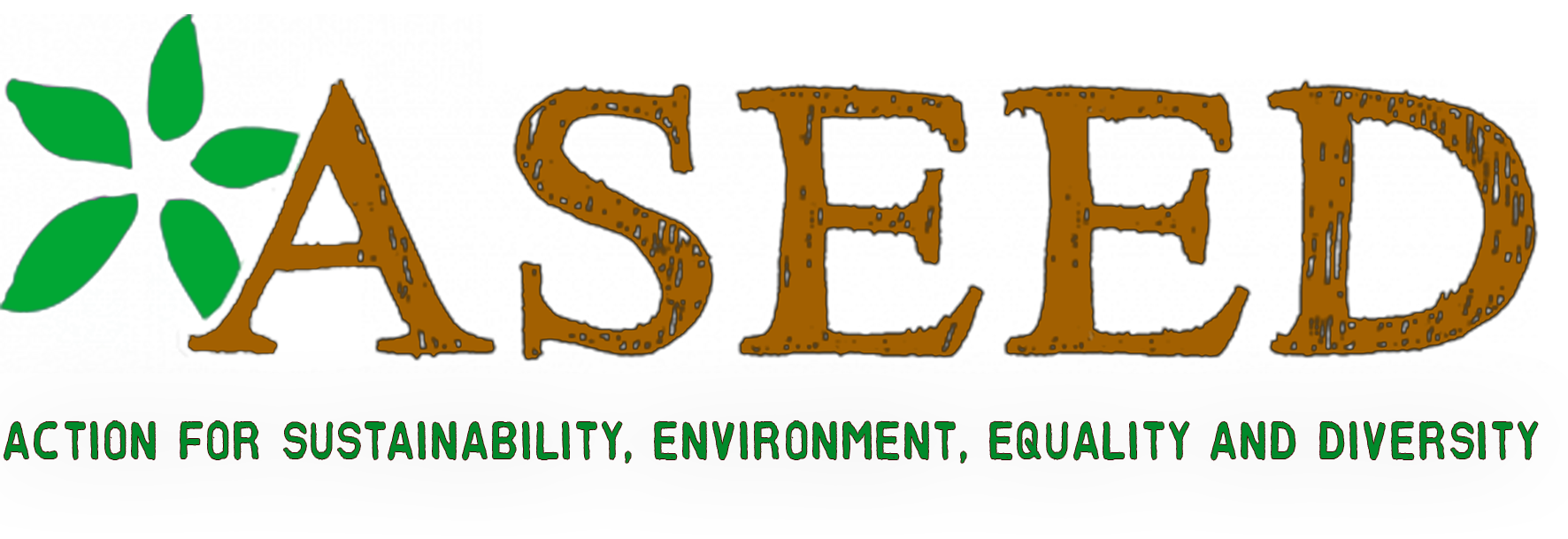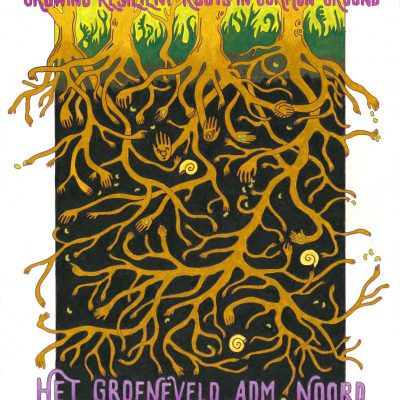Who Is Yara?
Yara International ASA is a Norwegian chemical company. Its largest business area is the production of synthetic nitrogen fertilizer, however it also encompasses the production of nitrates, ammonia, urea and other nitrogen-based chemicals. It is the second largest fertilizer company, and is active all over the world.
One quick look on the Yara website would show you that they are an organization working to protect the environment, protect land for farmers and decrease air pollution. Yet, with production facilities on six continents, operations in more than 60 countries, and sales to approximately 160 countries resulting in $12.9 bn annual revenue, Yara has a huge responsibility to play in contributing to rising greenhouse gas emissions and climate change. To produce SNF one must use the Haber Bosch process, an extremely energy intesive process which combines atmospheric nitrogen and hydrogen from fossil gas, and converts them into fluid ammonia. To obtain such temperatures for this process, fossil gas is also necessary. Not only is this gas a finite resource, and therefore should not be relied upon to contribute to our food and farming systems, one of the ways in which this gas is manufactured is through hydraulic fracturing aka fracking. Yara’s facility in Sluiskil, the Netherlands, currently relies on gas that comes from Groningen in the north of the country, as well as relying on imported fracked gas from the USA. Also a highly intensive process, fracking involves drilling on average 2,347 metres [1] into the earth and pumping water, toxic chemicals, fracking fluid and sand into these holes to obtain gas and oil. Fracking has been linked to soil contamination, water and air pollution, earthquakes and increased health risks for local communities. [2] On the flip side of the coin, when these fertilizers are then used in agriculture they contribute to extreme environmental harm. As a result of spraying fields with SNF, nitrous oxide is emitted, a greenhouse gas that is 300 times more potent than carbon dioxide and is damaging the ozone layer. SNF also contributes to soil erosion, destruction of soil life (microbes, nematodes, bacteria, fungi), and water pollution through leaching. The reliance of such fertilizers fuels a relationship of dependence between farmers and external inputs in order to run their farms.
Yara’s push to establish Agricultural Growth Corridors
Especially after the financial crisis in 2008, which led to a rise in food prices, fertilizer companies such as Yara sought opportunities to expand their investment opportunities. Yara is the most active fertilizer company on the African continent, as the most prominent actor in Grow Africa, a public-private platform which aims to promote increased use of fertilizers. Furthermore, Yara – as one of the first to realise the business potential in the debate on climate change and agriculture – introduced the idea of Agricultural Growth Corridors to the UN. [3] The aim of such corridors is to “facilitate the conversion of millions of hectares of land into industrial agriculture” [4], a process to be implemented in African countries led by private companies of the Global North. Not only does this override existing regional programs that support small-scale farming and are essential to food autonomy, it also increases the control of multinationals over seeds and fertilizer. Simultaneously, it is a neocolonialist approach that portrays African countries as underdevelopped and in need of help in order to realize their agricultural potential. The real goals of this initiative are to create more ports where fertilizer can be imported, and dependencies of small-scale farmers via contracts and bank loans, which allow multinationals such as Yara to expand capital accumulation.
Yara and Climate Smart Agriculture
Instead of taking responsibility for it’s role in rising green house gasses and locking farmers into dependent relationships, Yara has positioned itself to sit within a large number of bodies and organisations that claim to be working towards adapting to climate change suggesting they are the “provider of environmental solutions” who “address global challenges and create positive change.” [5] In so doing they cleverly situate themselves where their voices will be heard, and from where they can direct the course of climate negotiations with regard to agriculture.
The largest is GACSA, The Global Alliance for Climate Smart Agriculture. 60% of the alliance’s membership is made up of fertilizer companies. A clear indication of which direction climate smart agriculture will move in – one based on the use of toxic chemicals, smart data, increased machinery and technology. This name is not only misleading as there is no concrete definition of what “climate smart” is, it also allows companies to get away with doing serious harm. Take the example of CGIAR (the Consultative Group for International Agricultural Research), one of the international institutions which created the concept of CSA, who promote herbicide tolerant crops (such as Monsanto’s Round-Up ready crops) as a climate smart agriculture “success” [6], while completely ignoring the toxic effects of glyphosate, the key ingredient found in Round-Up [7]. Not having a clear definition is a favourable strategy towards members whose investments and projects could be highly questionable in regard to “climate friendliness” and social responsibility.
Yara and Greenwashing
Within this narrative, Yara positions itself as necessary to feeding the growing world population and confidently declares that, “Mineral fertilizers are essential to achieving food security” without which “millions of people would starve, rain forests would be destroyed, and farmers would lose their livelihoods”. [8] What they don’t say is that the more these fertilizers are used, the more are needed to ensure similar yields year on year. This addiction to synthetic fertilizers [9] is exactly what companies like YARA need, as it equates to greater dependence from farmers, and more profit for YARA. In positioning themselves as a solution to a self-generated problem they fall in line with what many multinnational corporations are now famous for: greenwashing. And alongside greenwashing they have the lobbying power necessary to get their voices heard.
Free the Soil
Free the Soil is a campaign to expose the devastating practices and impacts of industrial agriculture and the major role this industry plays in the escalating climate crisis. Free the Soil is organizing a mass-action of civil disobedience against the fertilizer-company YARA, as well as an Agriculture & Climate-Justice Camp between the 19th and 25th of September 2019, in Brunsbuttel, north Germany. We encourage you and your group to take part in this struggle! Check out here how to sign up for busses from Amsterdam and the Netherlands.
Get involved in the campaign for climate justice and against agro-industry!
References
[1] https://science.howstuffworks.com/environmental/energy/hydraulic-fracking1.htm
[2] https://serc.carleton.edu/NAGTWorkshops/health/case_studies/hydrofracking_w.html
[3] https://acbio.org.za/wp-content/uploads/2014/12/Fertilizer-report-201409151.pdf
[4] Paul & Steinbrecher (2013). African Agricultural Growth Corridors and the New Alliance for Food Security and Nutrition: Who benefits, who loses? Econexus
[5] https://www.yara.com/this-is-yara/
[6] https://www.cidse.org/blog-archive/don-t-be-fooled-by-climate-smart-agriculture.html
[7] https://usrtk.org/pesticides/glyphosate-health-concerns/
[8] https://www.yara.com/this-is-yara/sustainability/our-approach/feeding-the-world/
[9] https://sustainabledevelopment.un.org/content/documents/592253-Pedercini-Fertilizer%20addiction.pdf










